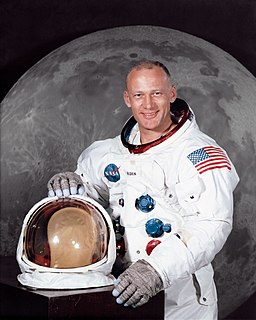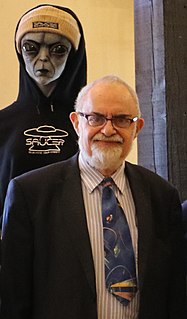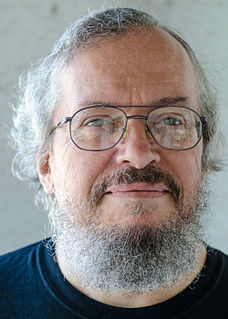A Quote by Alan Stern
Are governments the only entities that can build human spacecraft? No - actually, every human spacecraft ever built for NASA was built by private industry.
Related Quotes
We hold that the ownership of private property is the right and privilege of every American citizen and is one of the foundation stones upon which this nation and its free enterprise system has been built and has prospered. We feel that private property rights and human rights are inseparable and indivisible. Only in those nations that guarantee the right of ownership of private property as basic and sacred under their law is there any recognition of human rights.
The evidence is overwhelming that Planet Earth is being visited by intelligently controlled extraterrestrial spacecraft. In other words, SOME UFOs are alien spacecraft. Most are not. It's clear from the Opinion Polls and my own experience, that indeed most people accept the notion that SOME UFOs are alien spacecraft. The greater the education, the MORE likely to accept this proposition
A spacecraft is a metaphor of national inspiration: majestic, technologically advanced, produced at dear cost and entrusted with precious cargo, rising above the constraints of the earth. The spacecraft carries our secret hope that there is something better out there-a world where we may someday go and leave the sorrows of the past behind. The spacecraft rises toward the heavens exactly as, in our finest moments as a nation, our hearts have risen toward justice and principle.
The era during which only governments could put hardware on the Moon is coming to an end. There are 26 private teams competing for the $30 million Google Lunar X-Prize - to be awarded for sending a robotic spacecraft to this nearby world that can roam at least 500 meters, and send back data such as a photo.
The human imagination may be the most elastic thing in the universe, stretching to encompass the millions of dreams that in centuries of relectless struggle built modern civilization, to entertain the endless doubts that hamper every human enterprise, and to conceive the vast menagerie of boogeymen that trouble every human heart.
Star Trek speaks to some basic human needs: that there is a tomorrow — it's not all going to be over with a big flash and a bomb; that the human race is improving; that we have things to be proud of as humans. No, ancient astronauts did not build the pyramids — human beings built them, because they're clever and they work hard. And Star Trek is about those things.




































